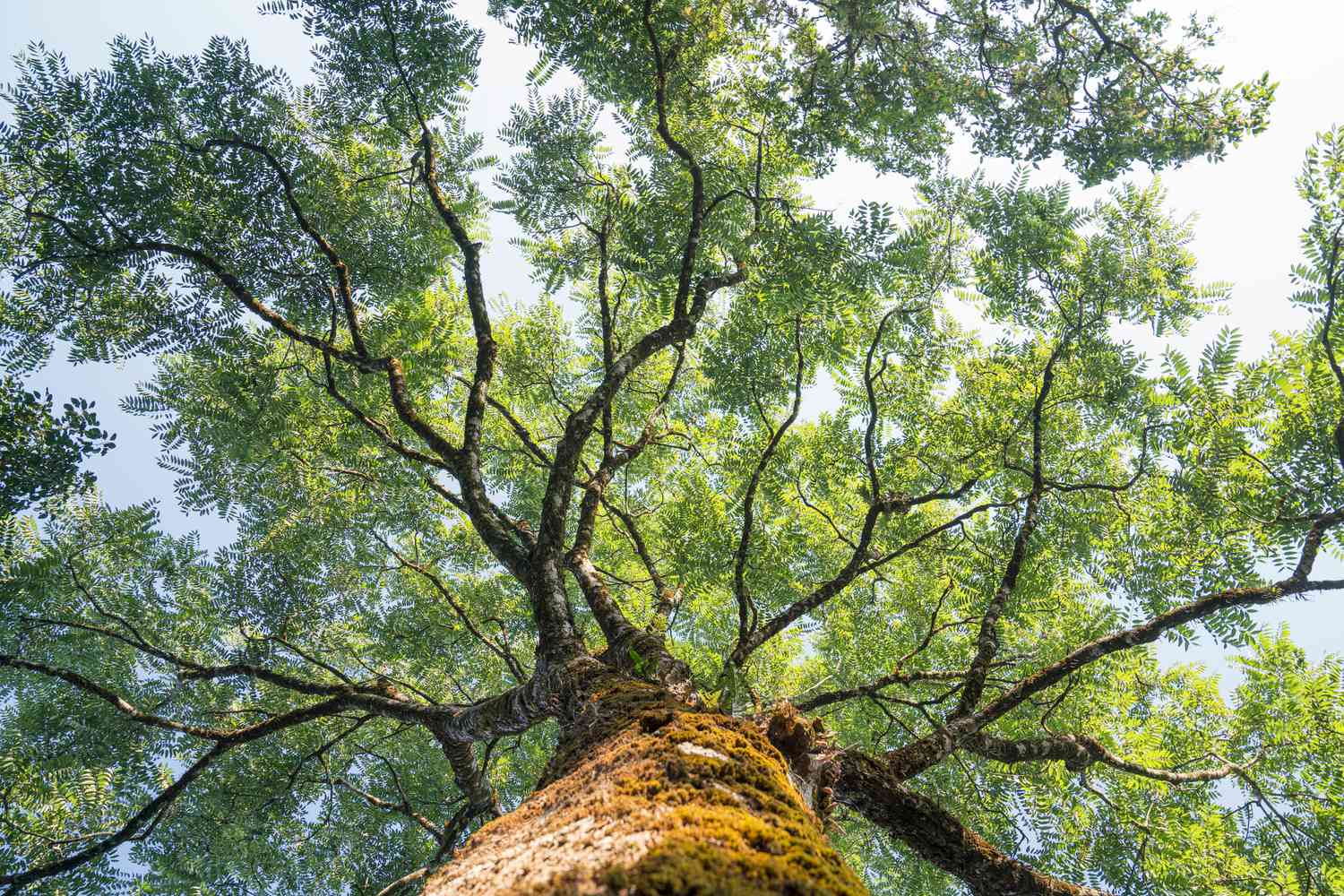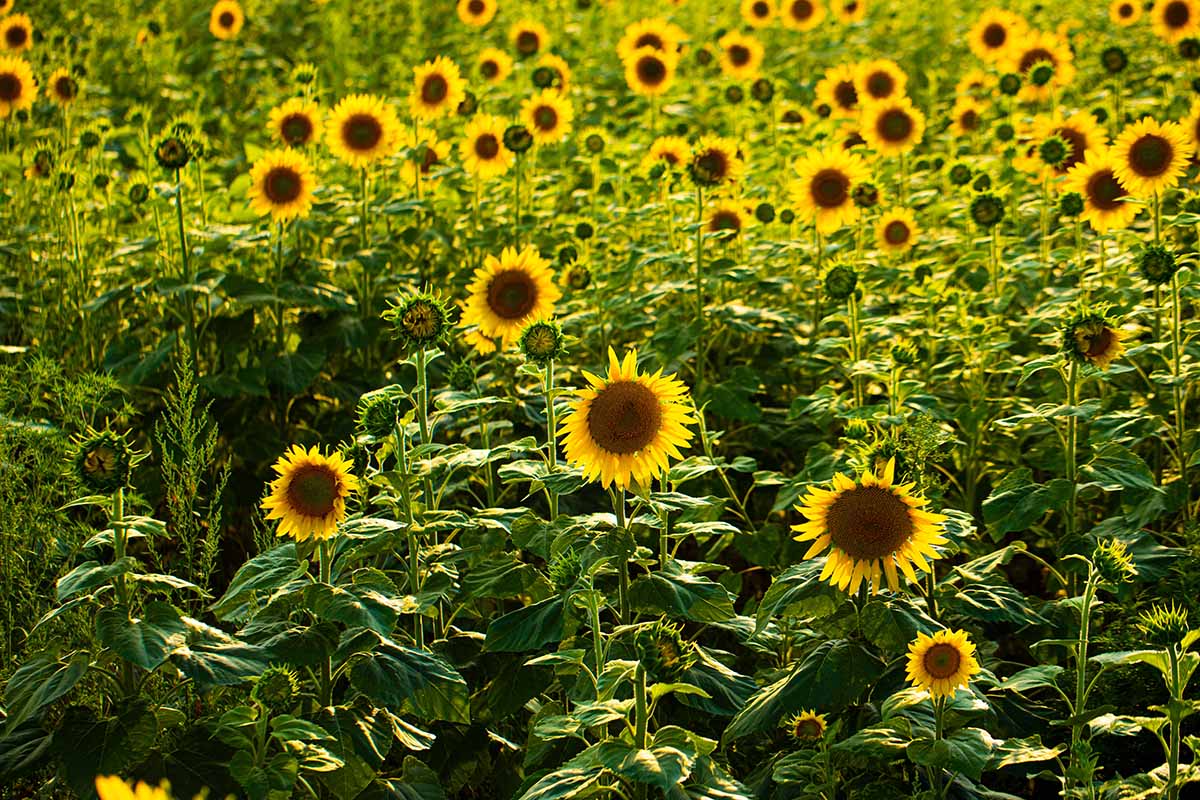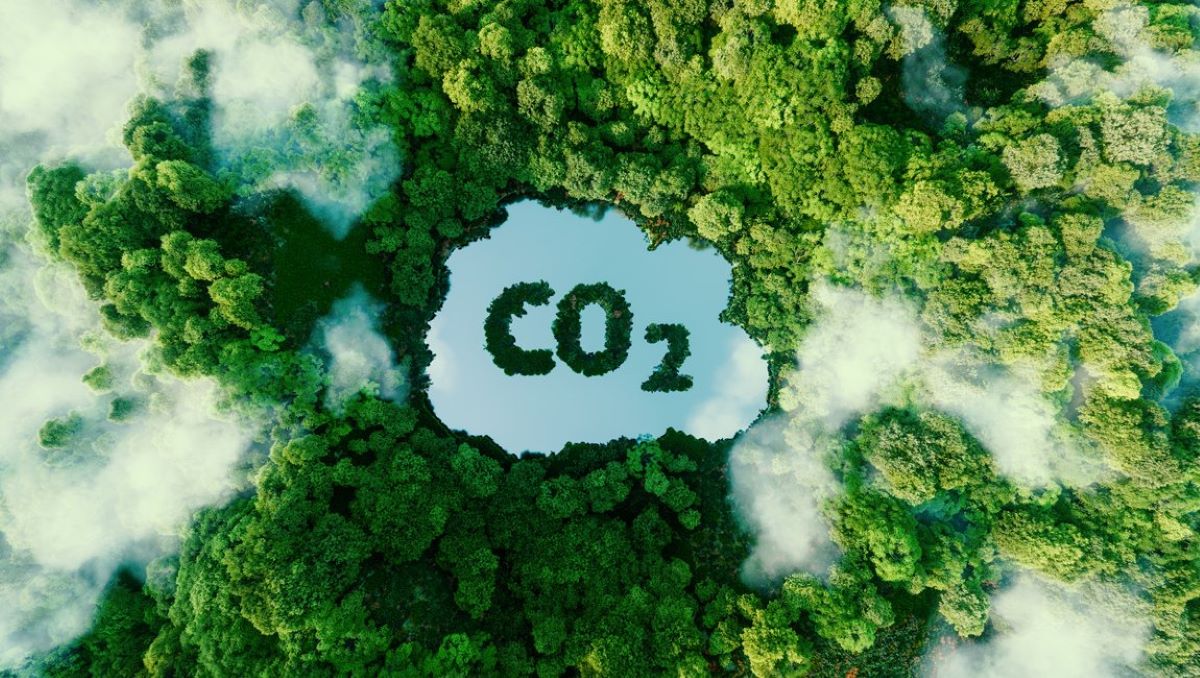(Many of the links in this article redirect to a specific reviewed product. Your purchase of these products through affiliate links helps to generate commission for Chicagolandgardening.com, at no extra cost. Learn more)
Which Type Of Soil Holds The Most Water?
Introduction
When it comes to gardening, understanding the characteristics of different types of soil is crucial for achieving successful plant growth. The ability of soil to hold water is one such characteristic that directly impacts the health and vitality of plants. Knowing which type of soil holds the most water can help gardeners make informed decisions about watering, drainage, and plant selection.
Soil composition varies based on the proportions of sand, silt, clay, and organic matter it contains. Each type of soil has its own unique properties that influence water retention. Clay soil, for example, is known to hold water longer due to its fine particles that can tightly pack together. On the other hand, sandy soil has larger particles with more space between them, leading to faster drainage and less water retention.
In this article, we will explore the different types of soil commonly found in gardens and their water-holding capacities. By understanding these soil types, you can make more informed decisions about how to properly care for your garden and maximize water efficiency.
Which Type Of Soil Holds The Most Water?
Clay Soil
Clay soil is composed of fine particles that have a tendency to tightly compact together. This compactness creates smaller pore spaces, which allows clay soil to retain water for longer periods compared to other soil types. The high water-holding capacity is due to the small spaces between the particles that trap and hold water molecules.
While clay soil’s ability to retain water can be advantageous, it can also lead to poor drainage and excessive moisture retention. This can cause issues such as root rot and hinder plant growth. To improve the drainage of clay soil, gardeners can amend it with organic matter, such as compost or well-rotted manure, to create larger pore spaces and increase overall porosity.
It is important to note that clay soil can become easily compacted when wet, making it difficult for water and air to penetrate. This compaction can lead to waterlogged conditions, suffocating plant roots. Regularly monitoring the moisture levels and providing adequate drainage can help mitigate the negative effects of excessive water retention.
Which Type Of Soil Holds The Most Water?
Silt Soil
Silt soil falls between clay and sandy soil in terms of particle size. It has smaller particles than sandy soil but larger particles than clay soil. This medium-sized particle structure gives silt soil a balanced water-holding capacity.
Silt soil has good drainage due to its larger particles, allowing excess water to flow through without becoming waterlogged. However, it also has better water retention compared to sandy soil. The fine particles in silt soil can hold onto moisture for a longer time, providing a consistent water source for plants.
While silt soil has its benefits, it is important to be cautious about overwatering. Because silt soil has a good balance of water-holding and drainage, excessive watering can lead to water saturation and decreased oxygen availability for plant roots. Regularly monitoring the moisture levels and adjusting watering practices accordingly is key to maintaining healthy plant growth in silt soil.
If silt soil tends to become compacted, incorporating organic matter, such as compost or peat moss, can help improve its structure and enhance water drainage capabilities.
Which Type Of Soil Holds The Most Water?
Sand Soil
Sand soil is characterized by its large particle size, which creates ample space between particles. This open structure allows for quick drainage, making sand soil ideal for areas with heavy rainfall or where fast-draining soil is desired.
However, due to its large particle size, sand soil does not have a high water-holding capacity. Water easily flows through the large spaces between the particles, resulting in rapid drainage and less water retention. As a result, sandy soil requires more frequent watering to ensure plants receive adequate moisture.
While sandy soil may not hold as much water as clay or silt soil, it has its advantages. The fast drainage prevents waterlogging and allows excess moisture to be quickly removed, reducing the risk of root rot and other water-related issues.
To improve water retention in sandy soil, incorporating organic matter, such as compost or well-rotted leaves, can help increase its ability to hold moisture. Adding mulch to the soil surface also aids in reducing evaporation and retaining moisture.
Which Type Of Soil Holds The Most Water?
Loam Soil
Loam soil is often regarded as the ideal soil type for gardening due to its well-balanced characteristics. It is a mixture of clay, silt, and sand particles, offering the best of all three worlds.
One of the key advantages of loam soil is its excellent water-holding capacity. The combination of different-sized particles allows for good drainage while retaining an adequate amount of moisture for plant roots. Loam soil can retain water for longer than sandy soil, while also preventing waterlogging seen in heavy clay soil.
The structure of loam soil facilitates proper airflow and root development. The larger particles provide space for air circulation, vital for root respiration. The finer particles aid in holding water, ensuring plants have access to sufficient moisture between watering intervals.
Gardeners who are fortunate enough to have loam soil in their gardens have a great advantage when it comes to plant growth. This versatile soil type is fertile, nutrient-rich, and supports a wide variety of plant species.
While loam soil is considered ideal, it’s important to note that its composition can vary. Some loam soils may contain more clay or sand compared to others, which can alter their water-holding capacity. Regularly assessing and amending the soil with organic matter, such as compost or well-rotted manure, can help maintain the optimum balance and enhance water retention.
Which Type Of Soil Holds The Most Water?
Peat Soil
Peat soil, also known as bog soil, is formed from the accumulation of decayed plant material in wetland areas. It is highly organic and has a unique composition that gives it exceptional water-holding capacity.
Peat soil is composed mainly of partially decomposed sphagnum moss and other organic matter. Its sponge-like structure allows it to absorb and retain large amounts of water, making it one of the best soil types for water retention. This ability to store water makes peat soil ideal for areas with low rainfall or where drought-tolerant plants are grown.
Another benefit of peat soil is its acidity. It has a low pH level, which is preferred by acid-loving plants like blueberries, azaleas, and rhododendrons. The acidic nature of peat soil also helps to naturally inhibit the growth of certain plant diseases.
However, peat soil does have its drawbacks. It can become compacted over time, impeding drainage and root growth. Additionally, the extraction of peat for commercial use can have negative environmental consequences, as it depletes peatland habitats and contributes to carbon emissions.
Considering the environmental impacts, many gardeners are now opting for sustainable alternatives to peat soil. Examples include using compost, leaf mold, or well-rotted manure to improve water retention and provide organic matter to the soil. These alternatives not only help conserve peatlands but also maintain a healthy and sustainable gardening practice.
Which Type Of Soil Holds The Most Water?
Conclusion
Understanding the water-holding capacity of different soil types is essential for successful gardening. Clay soil has the highest water-holding capacity due to its fine particles that tightly pack together, while sandy soil has the lowest water retention due to its larger particles and faster drainage. Silt soil falls in between, offering a balanced water-holding capacity.
Loam soil, the ideal soil type for gardening, combines the best characteristics of clay, silt, and sand, providing good drainage and adequate moisture retention. Peat soil, with its exceptional water-holding capacity, is beneficial in areas with low rainfall or for growing water-sensitive plants, although its environmental impact should be considered.
To optimize water retention in your garden soil, incorporating organic matter, such as compost or well-rotted manure, can enhance the soil’s structure while improving water-holding capabilities. Regularly monitoring and adjusting watering practices based on the soil type and the needs of your plants is crucial for maintaining healthy plant growth.
Remember that while soil composition influences water retention, factors such as climate, plant requirements, and proper watering techniques also play significant roles in the overall success of your garden. By understanding the water-holding capacity of different soils and using appropriate gardening practices, you can create a thriving garden that receives the right amount of moisture for optimal plant growth.





